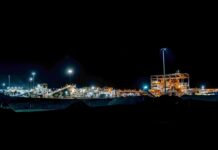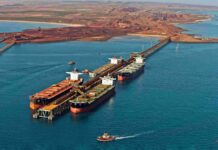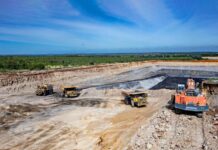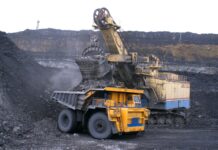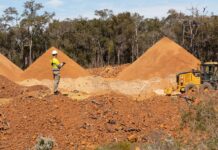BHP delivers record volumes at WAIO in FY24
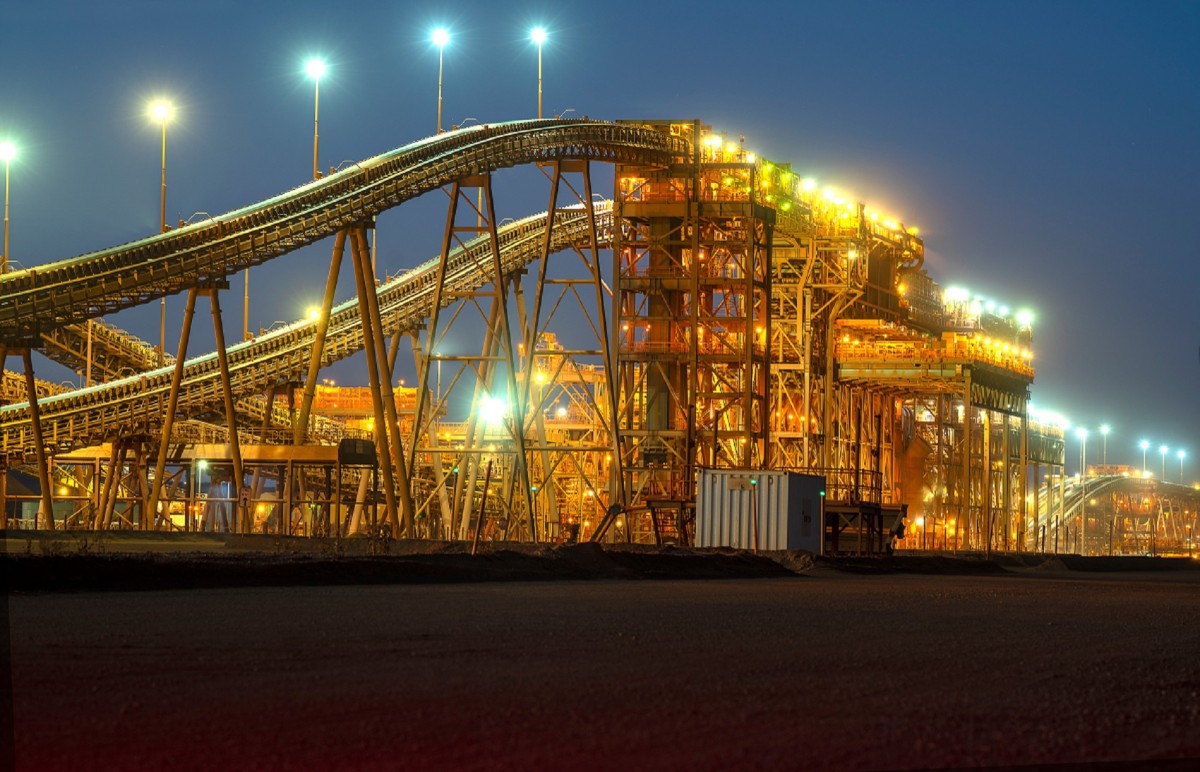
BHP (ASX: BHP) had a strong FY24, with record production achieved at its Western Australia Iron Ore (WAIO), Spence and Carrapateena operations.
Revenue increased 3% from the prior corresponding period to $82b (US$55.7b), primarily as a result of higher realised prices across iron ore and copper, with sales volumes increasing 3% and 5%, respectively.
Underlying earnings before interest, tax, depreciation and amortisation increased 4% to $42.7b (US$29b), while underlying attributable profit was up 2% to $20.1b (US$13.7b).
BHP chief executive Mike Henry commented on the company’s performance.
“BHP delivered a strong set of results in FY24 on the back of solid operational performance,” he said.
“We delivered record volumes at WAIO, where we extended our lead as the world’s lowest cost iron ore producer.
“Across our global copper assets, we grew overall copper volumes by 9% for the second consecutive year and expect to deliver a further 4% in FY25.”
A final dividend of $1.09 (US74¢) per share will be paid to shareholders on October 3, 2024, bringing the total cash dividends for FY24 to $2.15 (US$1.46) per share.
Copper production was up 9% from FY23 to 1.86mt and BHP expects to deliver a further 4% increase in FY25 as it mines higher grade ore at Escondida in Chile and lift productivity across all its copper-producing assets.
BHP is continuing to grow its Copper South Australia asset, with production up 39% in FY24 to 322kt.
Iron ore production was up a slight 1% to 260mt, and BHP expects FY25 production to be in the range of 255mt to 265.5mt.
Around 255mt of the iron ore production cane from WAIO, and BHP plans to increase production at the operation, underpinned by the Port Debottlenecking Project 1 and Rail Technology Program.
Steelmaking coal production was down 23% to 22.3mt, while energy coal production increased 8% to 15.4mt, with BHP crediting these results to the divestment of its Blackwater and Daunia mines in July 2024, plus higher sales volumes.
Production for FY25 is expected to be in the range of 16.5mt to 19mt for steelmaking coal and 13mt to 15mt for energy coal.
Nickel production was up 2% to 81.6kt and no future guidance has been given due to BHP temporarily suspending operations at Western Australia Nickel from October 2024 with completion due in December 2024.
Following completion of the transition period, BHP plans to invest $441.8m (US$300m) per year to support a potential restart.
Mr Henry says demand for its products remain compelling.
“In the near term, we expect volatility in global commodity markets, with China experiencing an uneven recovery among its end-use sectors,” he said.
“We are energised to build on the positive momentum achieved this year.
“Our tier 1 assets, track record of operational performance and strong balance sheet allow us to invest in future growth and maintain strong cash returns to shareholders through the cycle.”






